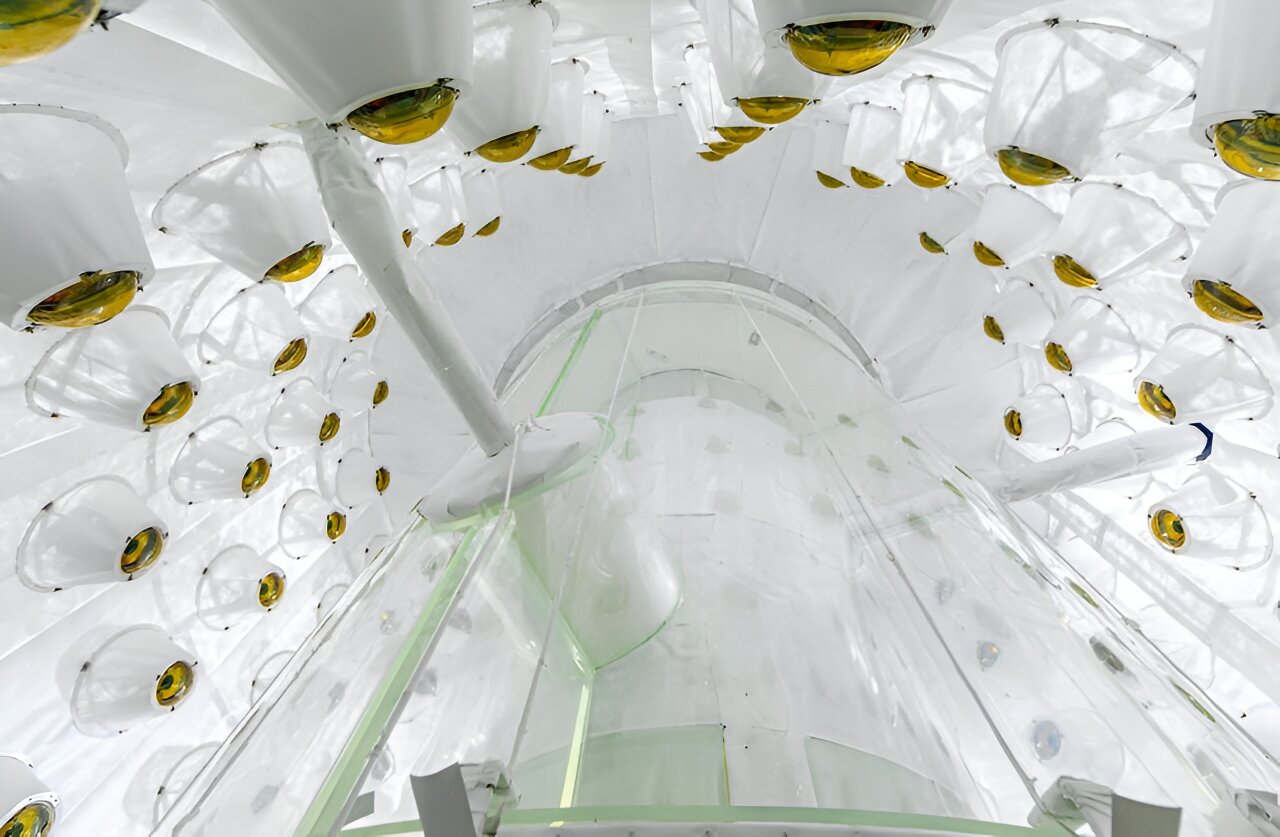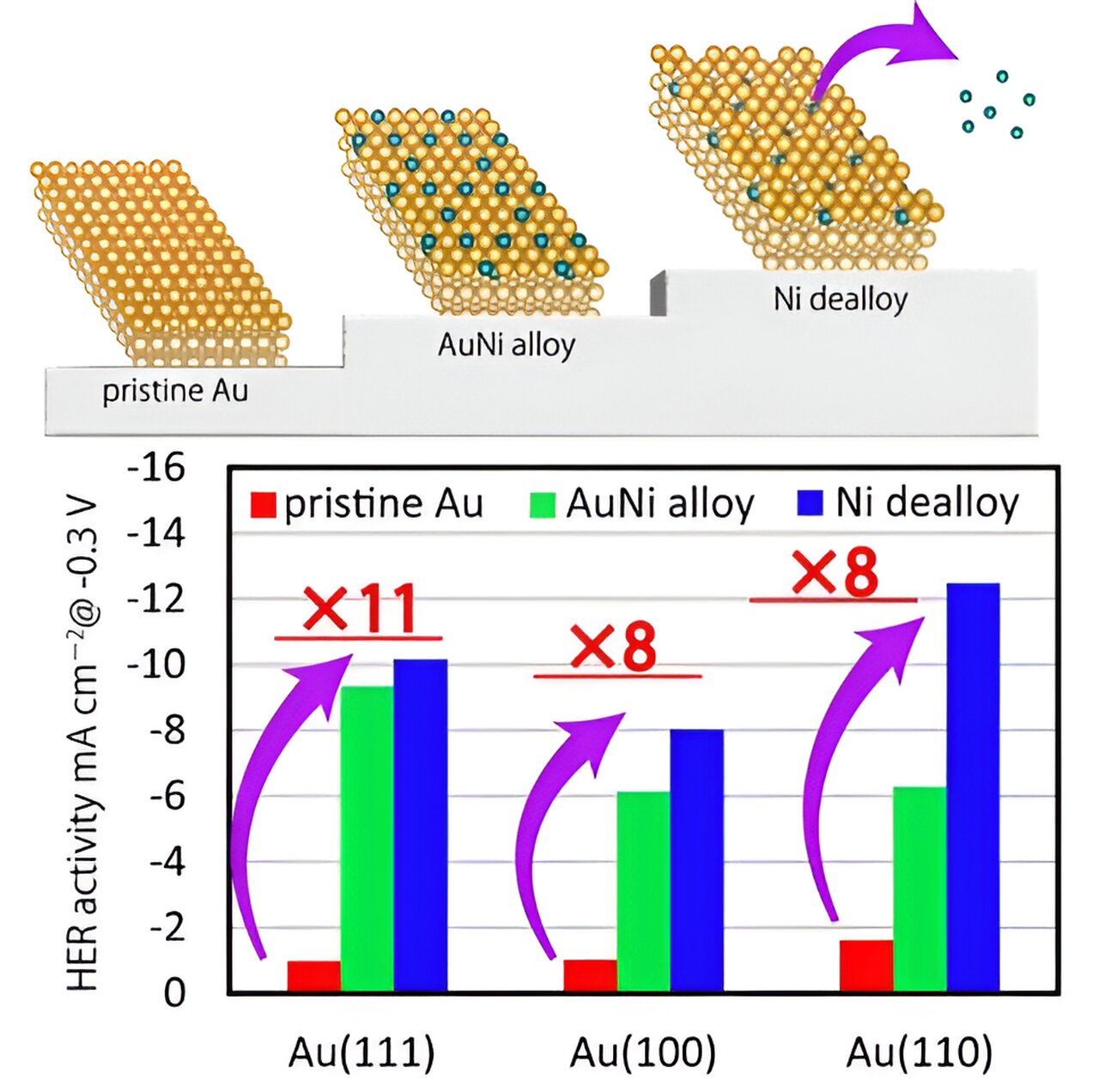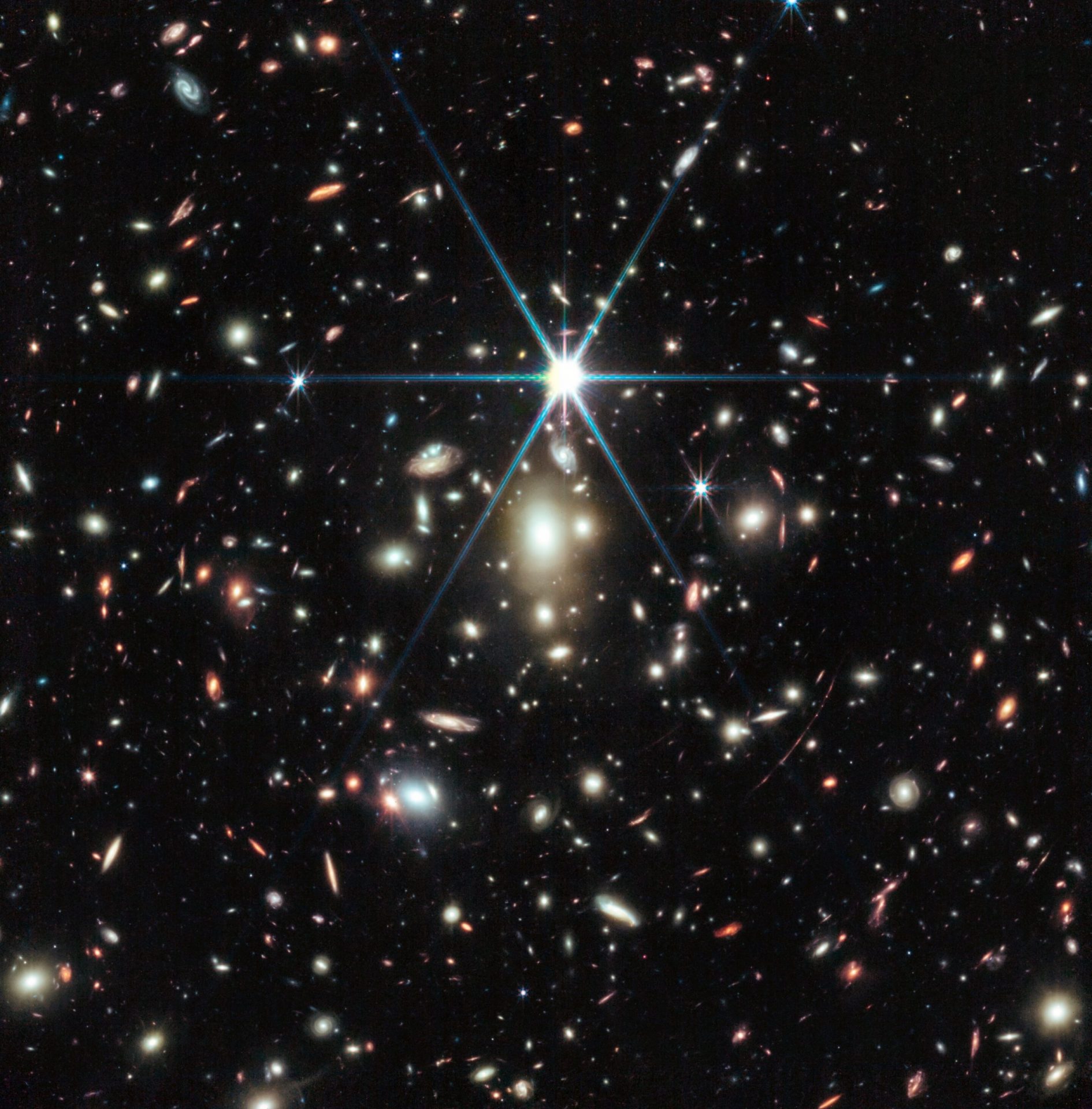Have you ever wondered what makes up about 83% of the matter in the universe? Well, physicists like me are still trying to figure it out. We call it “dark matter.” But we might be getting closer to understanding it, thanks to a groundbreaking experiment happening nearly a mile underground in South Dakota.
In the typical model, dark matter plays a crucial role in the formation of galaxies, including our own Milky Way. As Earth moves through the dark matter halo that surrounds our galaxy, we have the opportunity to study this mysterious substance.
As a physicist, I’m fascinated by the nature of dark matter. One theory suggests that it could be a Weakly Interacting Massive Particle, or WIMP for short. WIMPs have mass and interact gravitationally, but they rarely interact with normal matter. They pass through us all the time, but because their interactions are so weak, they simply don’t collide with anything.
Searching for WIMPs
For the past 30 years, scientists have been working on detecting the rare interactions between WIMPs and regular atoms. However, on Earth, we are constantly surrounded by low levels of radioactivity and cosmic rays, which can interfere with our experiments. That’s why we need to build highly sensitive detectors and place them in quiet locations.
The LUX-ZEPLIN (LZ) collaboration has achieved just that. They have built the largest dark matter detector to date and buried it nearly a mile underground in South Dakota. This detector contains 10 metric tons of liquid xenon, which can produce flashes of light and release electrons when particles pass through it.
By applying electric fields and using arrays of light sensors, researchers can reconstruct the position, energy, and type of interaction that took place in the detector. This allows us to distinguish between dark matter interactions and other events.
Reducing radioactivity
To ensure accurate measurements, we use radiopure materials in the construction of the detector. For example, LZ used the cleanest titanium on Earth to build the central cylinder that holds the liquid xenon. Liquid xenon itself acts as a radiation shield, and any radioactive contaminants can be easily removed.
The central xenon detector is surrounded by two other detectors, which catch radioactivity before it reaches the central chamber. All of these components are housed in a large water tank underground, providing additional shielding from cosmic rays.
The hunt continues
Although we haven’t made a groundbreaking discovery yet, the recent results from LZ have provided valuable insights. By analyzing the data, we can set limits on how weakly dark matter interacts with regular matter. This helps us narrow down the possibilities and brings us closer to understanding the true nature of dark matter.
LZ is currently collecting more data, and we anticipate making significant progress in the coming years. Who knows, the next round of analysis might reveal a WIMP interaction that has been hiding in the data all along.








